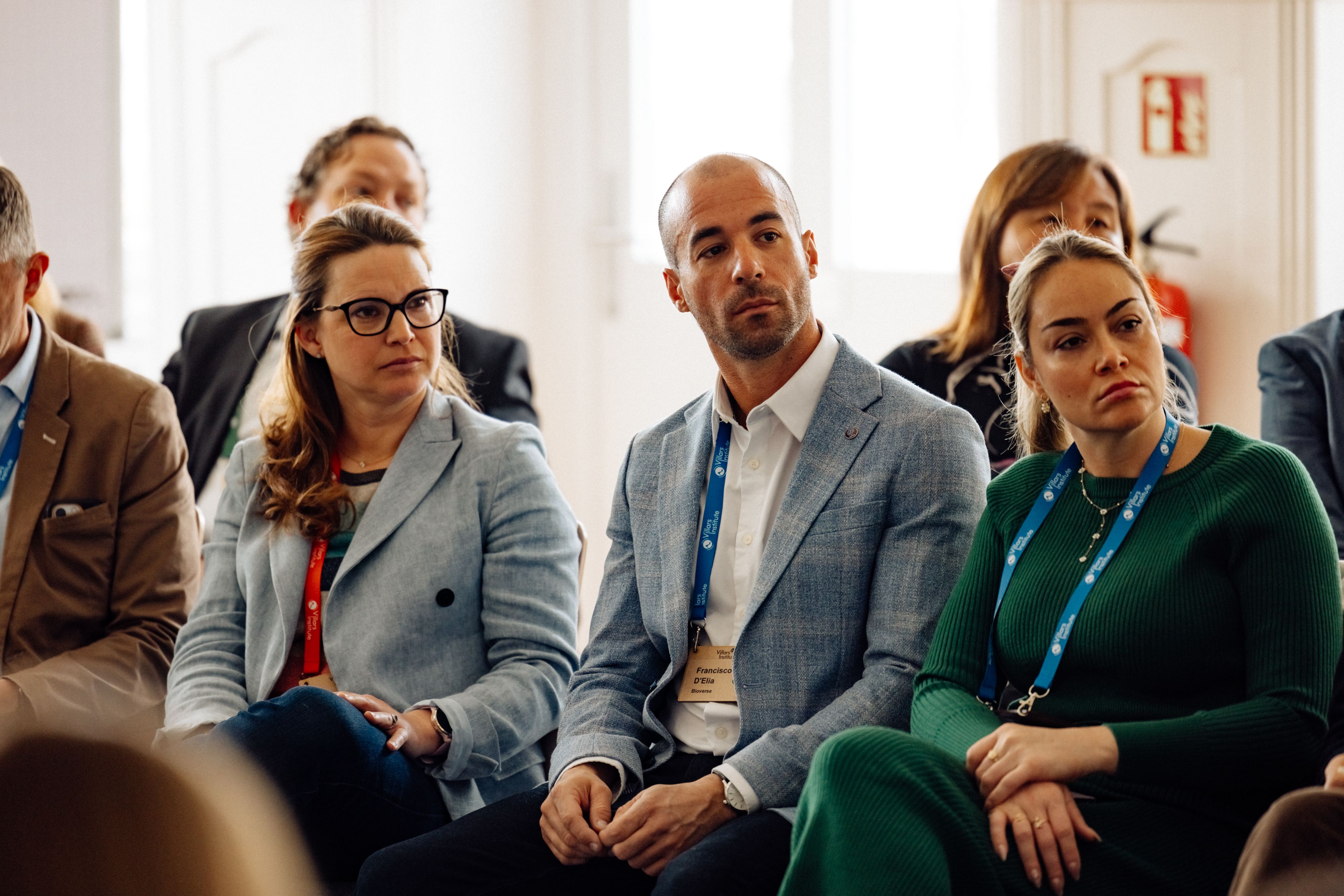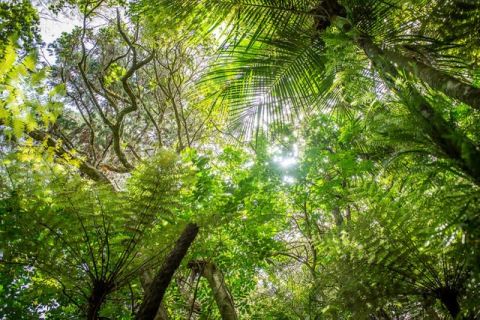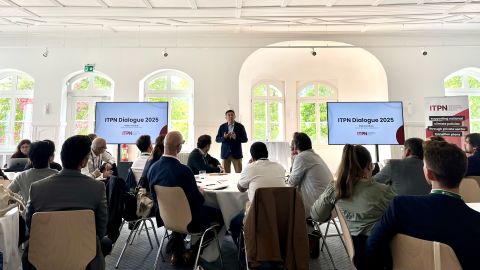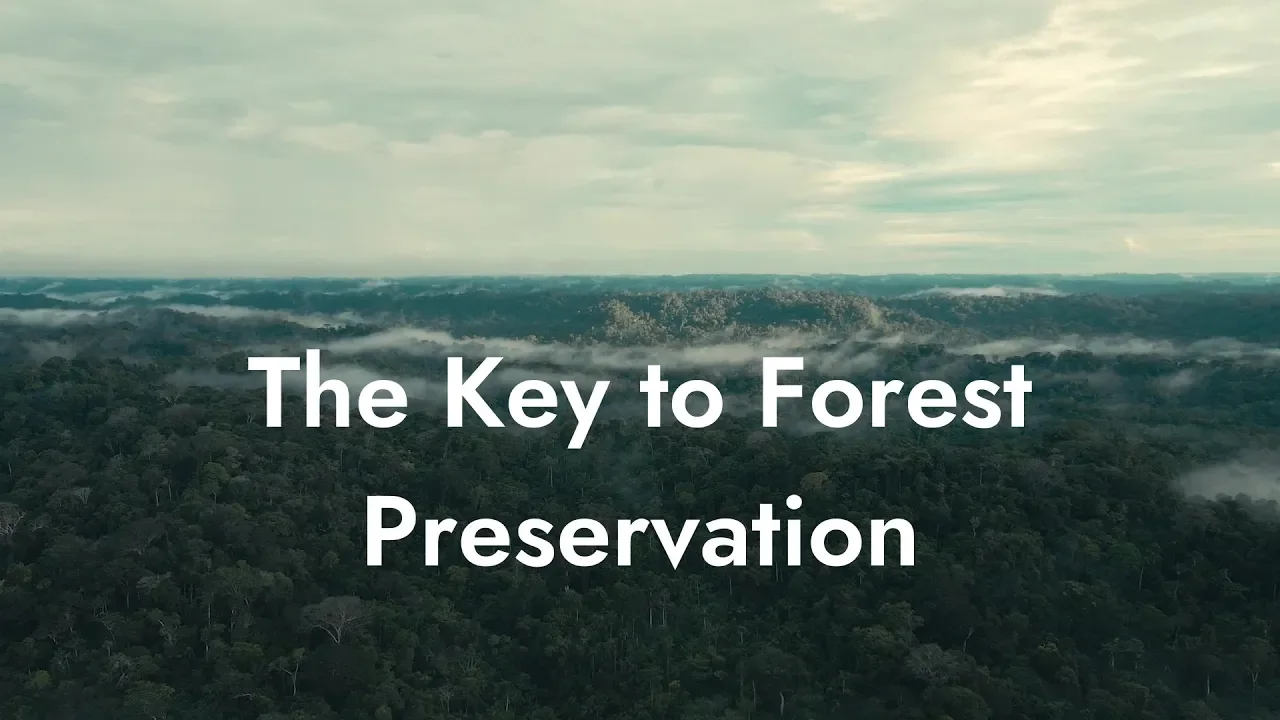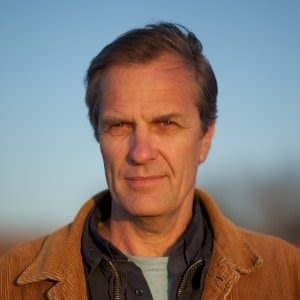Ideas from the Speakers
This session focused on how finance and nature intersect, and how financial systems can evolve to support and prioritize nature. Most importantly, the discussion centered on how we build, consume, and invest, and how these choices can become nature-positive rather than nature-negative. Participants emphasized the need to shift from viewing nature as a hypothetical opportunity to treating it as a tangible component of decision-making processes.
Importantly, nature should be put on the balance sheet. This entails treating ecosystems and biodiversity as measurable, controllable assets that can be assessed for their financial value. This marks a paradigm shift from natural capital accounting to the formal integration of nature into financial disclosures and mainstream accounting rules. We are at a tipping point, with encouraging trends like biodiversity laws being implemented and long-term investors exploring nature-based solutions such as forestry and agroindustry. These are potentially stable investments with high returns. Some issues are unresolved, however, particularly related to land tenure, definitions of ownership, and how to create investable units within ecosystems.
Collaboration between the public and private sectors is urgently needed, especially as the speed of environmental degradation now outpaces climate response rates. We must value “living nature,” not just what can be extracted from nature, and appreciate how technology can help to support data integrity and accountability.
The participants recognized the need for system-level change, given that economic systems tend to incentivize environmental degradation rather than sustainability. Financial structures must recognize and acknowledge the dependencies that businesses and communities have on nature. The private sector, traditionally slower to engage, is crucial to bridge the gap between environmental need and financial capacity.
The session ultimately highlighted the need for a global shift that places biodiversity and ecological health at the heart of how economies define value, assess risk, and pursue economic opportunity.
Insights from the Audience
The session offered an understanding of the intersection between finance, nature, and long-term system stability. Participants acknowledged that integrating nature into financial frameworks is no longer a distant goal but one that demands action now. They reflected on the blind spots in current financial planning, particularly how nature’s foundational role in economic resilience is still often overlooked. They agreed that respecting nature should be a responsibility, not an additional standard.
A shift in perspective occurred during the session, from viewing nature conservation as a cost to recognizing it as a real opportunity for value creation. Participants increasingly saw biodiversity and ecosystem health as essential to future economic resilience. A shared story showed how reframing the message from defending nature protection to promoting empowering, solutions-driven approaches helped generate broader support and engagement. Attendees acknowledged the complexity of putting nature on the balance sheet, especially with challenges like land tenure, ownership rights, and determining what can be accurately measured. Some ideas include funding platforms, shared data standards, and multistakeholder collaboration.
A key insight is a deeper appreciation of how truly interconnected financial, ecological, and social systems are. While fear of risk often drives stakeholders to the table, the participants highlighted that hope, practical tools, and shared goals can sustain long-term action.
Participants also recognized the growing need for capacity building, especially in the private sector, to help companies fully grasp their dependence on natural systems. A strong call was made for more accessible education, clearer communication, and aligned policies that move beyond technical models, making the value of nature something that can be clearly understood, measured, and acted upon.

